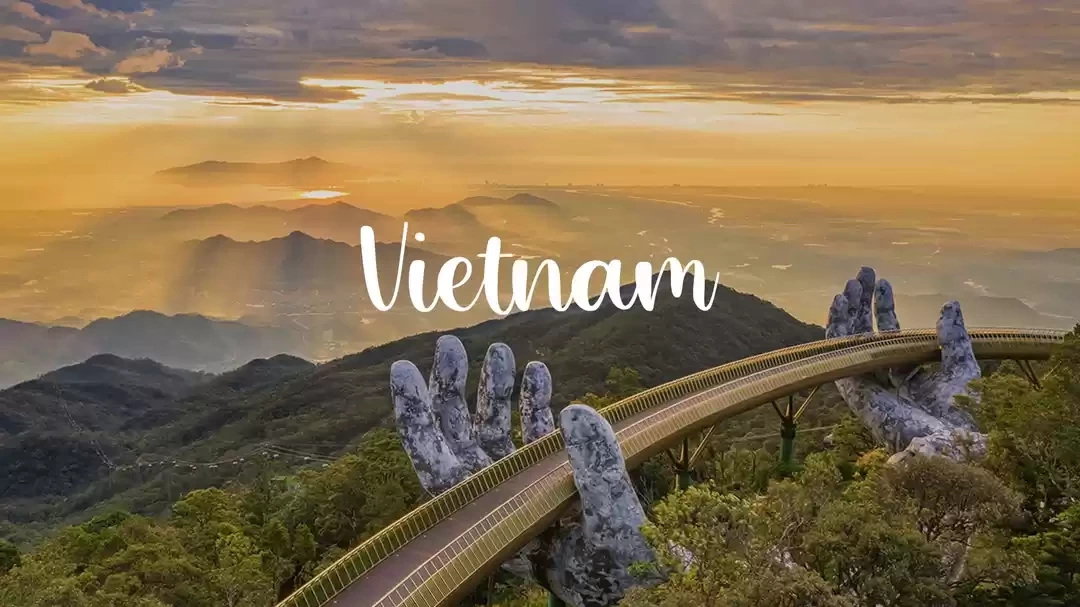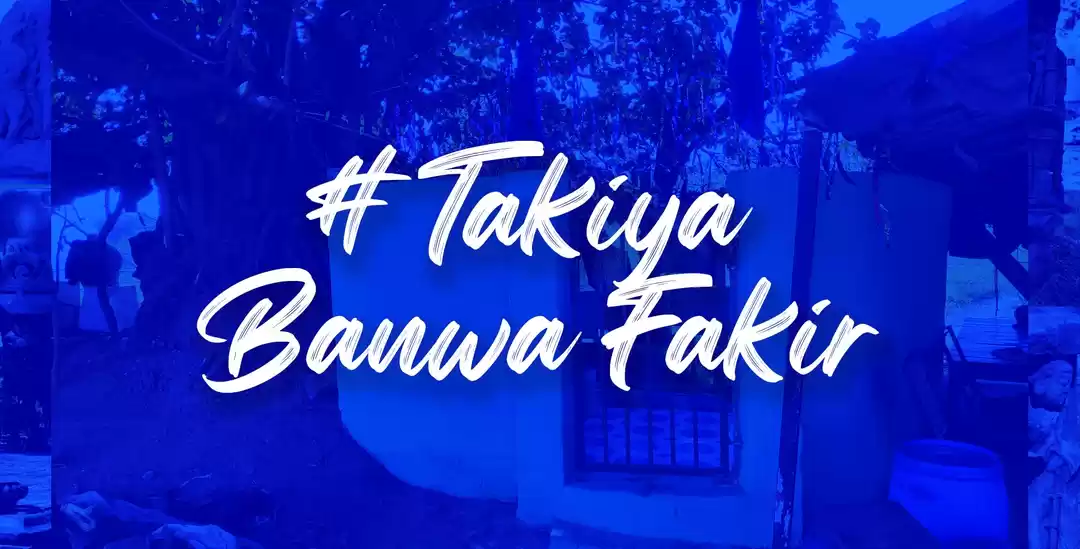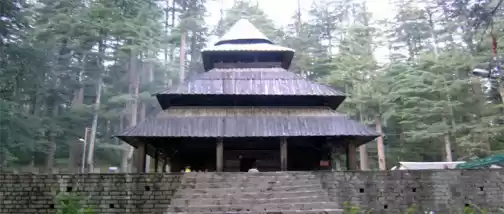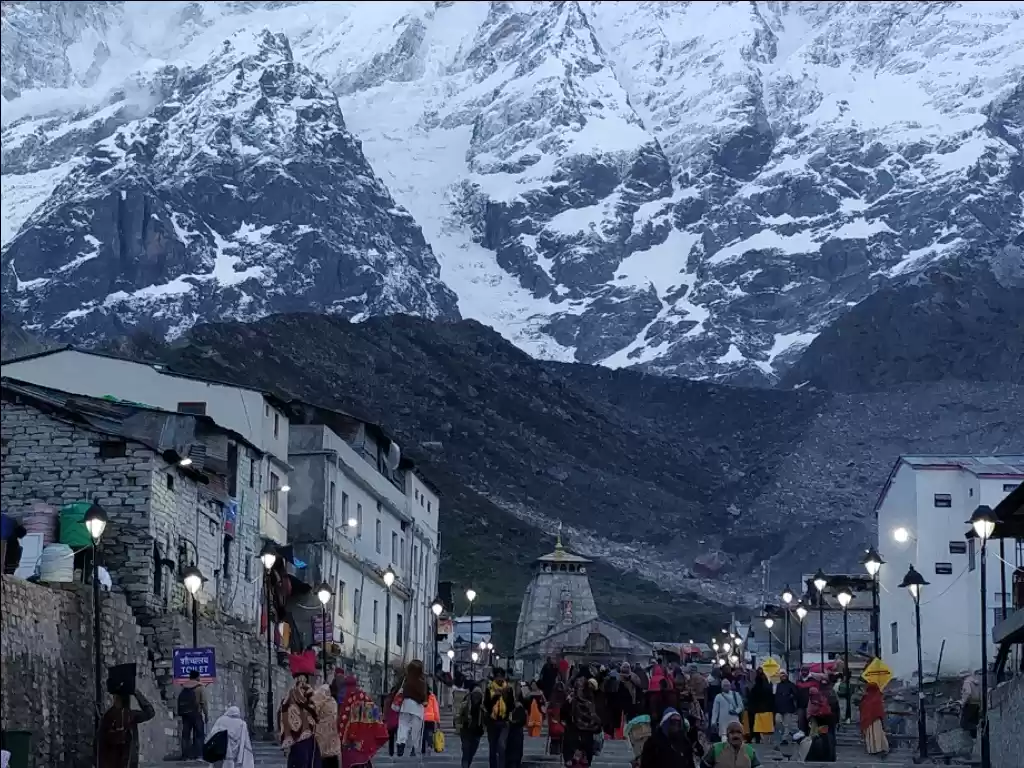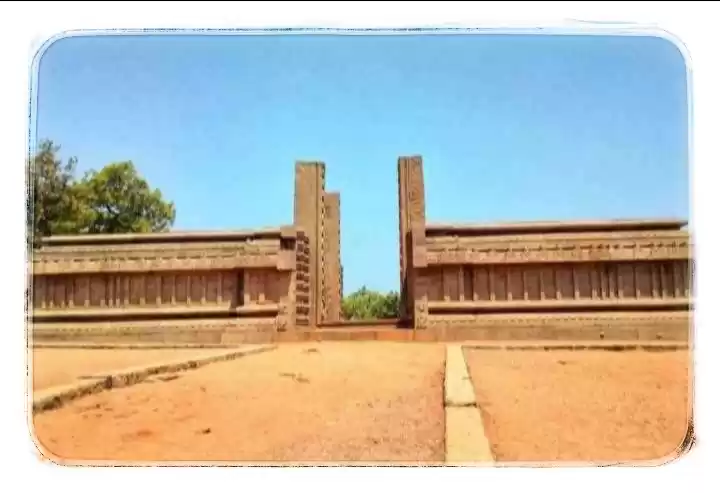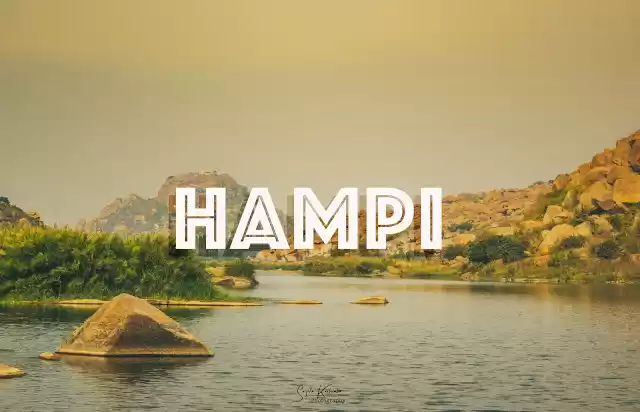
Located right next to Pinjore Garden, Bhima Devi Temple and Museum is a great spot for archeology and history enthusiasts. I visited this place a couple of months back, and got to know how this place came to be and its significance. By now you must already be familiar that this location was the home to the mighty Pandavas during their exile. While I got to learn about its history previously, there were some aspects of the temple that were still unknown to me, and because I visited Bhima Devi Temple during the pandemic last time, I was unable to find any person to whom I could enquire about the place. This time, it was different. Interestingly, I didn’t go to Bhima Devi Temple this time to learn more about it, but my sole purpose to visit this place again was to retrieve information about Takiya Banwa Fakir. It is a story in itself, how I solved its mystery. This time I took a laid back approach and explored this museum at a slower place. In addition to that, I also had a guide who was helping me.
The Shikhara (Spire)

As I walked in the museum, it took me through four chambers, plus one, which I’ll talk about later. I started reminiscing about the last time I visited this place, during the lockdown. Undoubtedly, this place was empty during that time, but surprisingly, it was still relatively quiet with only 6-8 visitors. Anyway, as I walked ahead, the path opened up to the beautiful garden with trees providing adequate shade, and just the overall feeling of being in nature. As I made my way to the main garden, in the center, there was a big square-shaped platform constructed out of what seemed to be cobblestone. A weird artifact rested in the dead-center of the platform. It appeared like a couple of darkened rings stacked on top of each other. Initially, I was confused, as to what this is, and I randomly started guessing what it could be, and unsurprisingly, I was wrong. After having a discussion with the tour guide, whom you can get to know more about in the Takiya Banwa Fakir article, I got to know that it used to be the top-most part of the Bhima Devi Temple, which is called Shikhara. This was truly a different experience for me, as we usually ignore such aspects of a temple. It also boggled my mind to see just how much detail ancient people used to put into creating these structures.


The Ganesha Statue
On the same platform mentioned previously, there was placed a small statue of Lord Ganesha, which was both surprising and confusing. Now, you might be thinking that what’s the big deal? Well, the thing is that the last time I visited the Bhima Devi Temple, this statue was not present here. According to the guide, it was found in the digging as well, but if that was the case it should’ve been placed here from the start. With that said, it was surely a surprise to see the placement of this statue, but it was confusing as well. Because of two reasons, the one I mentioned already, and secondly, no one at the museum was aware of its significance and its connection to the temple or the Pandavas. This was striking to me, as even if we consider the history of Bhima Devi Temple and its 5 ancient surrounding temples, it should’ve been a lot bigger in size, or at the very least, must’ve been placed somewhere else. It becomes even more confusing when we add the Takiya Banwa Fakir mystery to it. This statue was approximately 6-8 inch in height, carved directly in the stone, and truly amazing looking.

The Reservoir
Now, I was thinking to myself, should I go right and sit on the grass for a bit or should I just go back and see the chambers? Because I had already seen the reservoir before, and there wasn’t anything particularly interesting about it; however, I decided to visit it again. As I walked past the platform towards the left, I made my way to the reservoir. At first, it appeared as if it was a neglected water tank just like before, which had cemented sides; however, I was utterly wrong. On a closer look I saw that there were plenty of fishes in the water, I have no idea how I missed them last time, and since I’m not a marine biologist, the only fish I could recognize was the golden and like catfish. I also saw tiny bubbles forming on the surface of the water. At first, I discarded it as microbes or air bubbles made by fishes. However, later I got to know another mind blowing fact about this reservoir. It was actually a natural spring, and the water had been sprouting out of this exact location since the time of Pandavas, hence the bubbles. Who knows, it could’ve even dated before them.

The Viewing Chambers
Remember the chambers I mentioned previously? Well, these are located near the entrance of the museum, and being me, I decided to visit these at the end of my tour because during my last visit, they were locked due to Covid-19. Four of them are located symmetrically, while one is off to the side. I thought the one on the side might hold something special, so I decided to enter it first, well, all of these contain the same things. Each one of them showcase broken shards and pieces of the temple. It is said that this temple was demolished by the Mughals, and during the archeological digging, these pieces were found. Additionally, there are modern replicas of the segments of the temple. There is also a miniature replica of the entire temple in one of the chambers.
After my second visit I had a greater understanding of this place. Will I ever return to this museum? Oh, absolutely. Maybe they’ll have even more artifacts next time.

Author - Harsh Reehal







